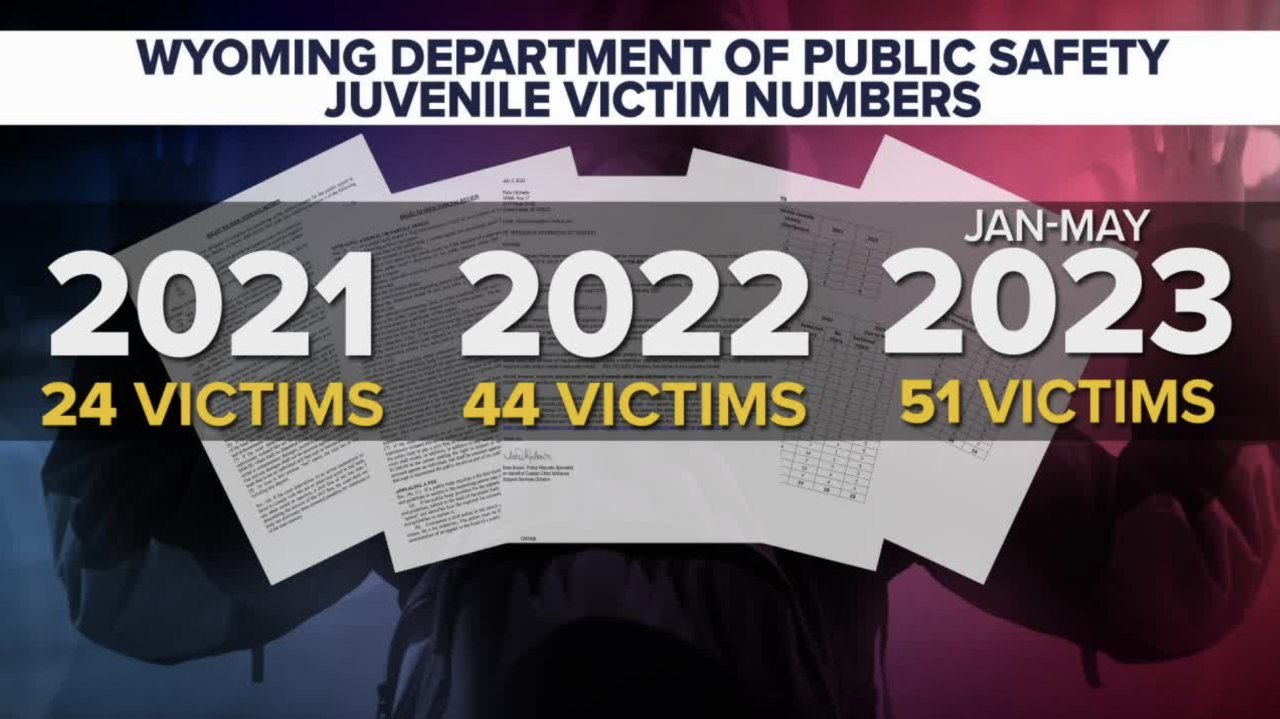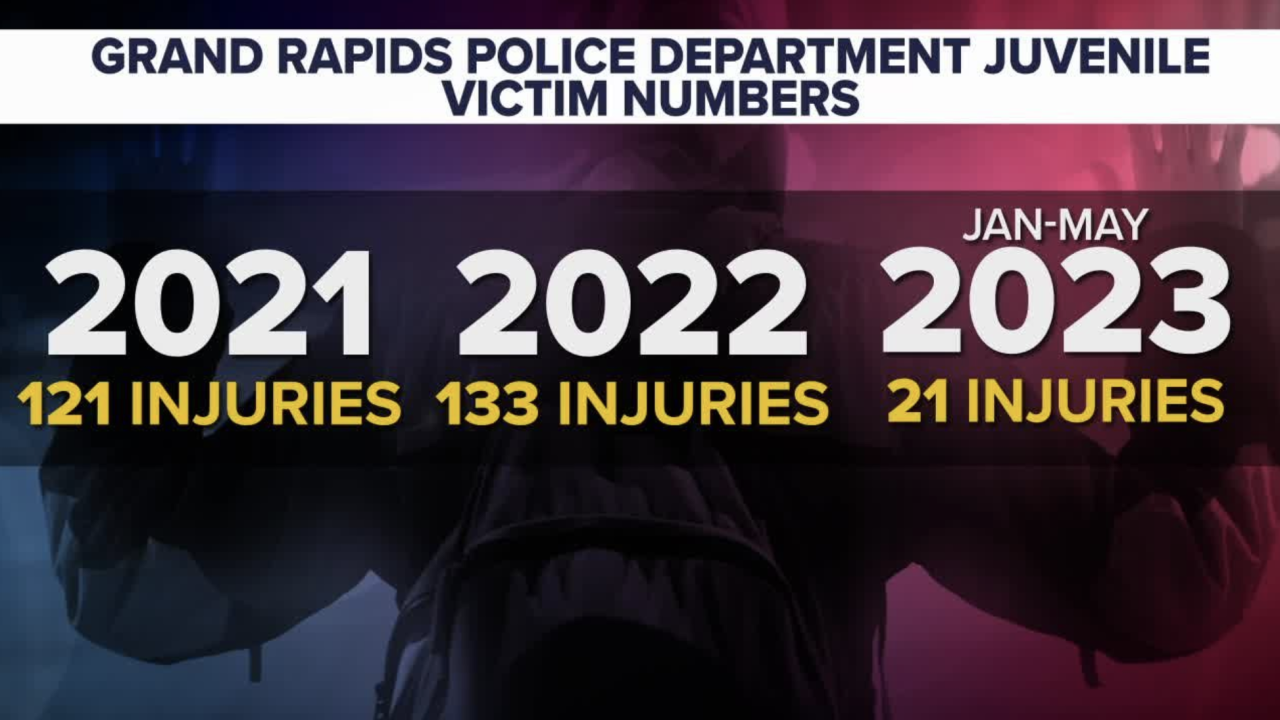WYOMING, Mich. — As youth crime rises in parts of West Michigan, injuries related to youth crime are rising as well. Injured children fill emergency departments, and medical professionals are heartbroken with this new reality.
After a tumultuous few years with COVID-19, things haven't eased up for local medical professionals. It's evolved into different forms of trauma.
“They deal with a lot of trauma, a lot of drama. It's never the same...it's a very busy and chaotic environment," UM Health-West Hospital Chief Nursing Officer Steve Polega said.
Polega has seen a lot of chaos over his accomplished career - from leading nurses at UM Health-West, to working in a level-1 pediatric trauma center. But there's one career path before all of this that he connects to the medical profession in a devastating way.
“That's a little similar to military experience...some of the chaos and the unknown," Polega says as he compares his military experience to some of the traumas and chaos of an emergency department.

He says what hurts even more is when young kids fill those hospital beds, and he can't imagine what the families involved go through.
“As as a former trauma nurse it always hits harder when you kind of identify with that patient," Polega said. "This could be my son, this could be my daughter.”
UM Health West Emergency Department Director Kari Kloosterman notes the hospital does typically see an uptick in crime this time of year.
“I think as the weather gets nicer, we always do see an increase in violence, unfortunately," she said.
FOX 17 found the trends are bigger than just these few summer months.
We requested data from police agencies across West Michigan to see if there are any trends in youth crime rates and injuries year over year.
In Wyoming, where UM Health-West is located, there were 24 victims of juvenile crime in 2021 in the city. That includes homicides, rape, broken bones, and other major and minor injuries related to those 18 years old and younger.
That number jumps to 44 in 2022 and even though we’re only halfway through 2023, the number of juvenile crime victims is already at 51.

For the staff, seeing children in those kinds of situations— and seeing more of them— is hard.
To help personnel there decompress, UM Health-West has implemented the Critical Incident Stress Management Program, or CISM, so those traumas don’t get carried over into their personal lives.
“It's a real-time debriefing of traumatic events," Kloosterman explains. "Anytime we have something that's very traumatic to our staff, we pull in a CISM debrief, and we provide them the opportunity to talk through that right there. And that's helped them quite a bit.”
And over the last 18 years, Kari has never seen anything quite like this. The uptick in youth violent crime, and the debilitating mental health of our kids.
“My hope is that we can continue to find resources and give resources to help through this,” Kloosterman told FOX 17
Resources that can be used by children and their families, and also be available to healthcare professionals – as they too are impacted by what’s going on in our community.
We also requested youth crime data for the cities of Grand Rapids and Kalamazoo.
Grand Rapids is the largest city in West Michigan and youth crime numbers definitely jump. Although the city did not include data on rapes reported from January to May of this year, we did receive complete data for 2021 and 2022 for all injuries, rapes and homicides. Similar to Wyoming, the number jumps from 2021 to 2022 by 12.

However, data from the Kalamazoo Department of Public Safety shows a different trend. Numbers there show 55 youth victim injuries in 2021— everything from broken bones to internal injuries. But that total dropped to 44 in 2022 and 26 as of May 2023. Encouraging news as communities continue to try to get a handle on youth crime and help children in our community.

Our Path Forward series features people and programs making a difference. You find a list of resources, activities and free camps for children here.
988 is also the national mental health emergency phone line if you need immediate help.
There are also resources for medical health professionals - the CDC has tips and programs so medical professionals can take care of themselves as they take care of others.




